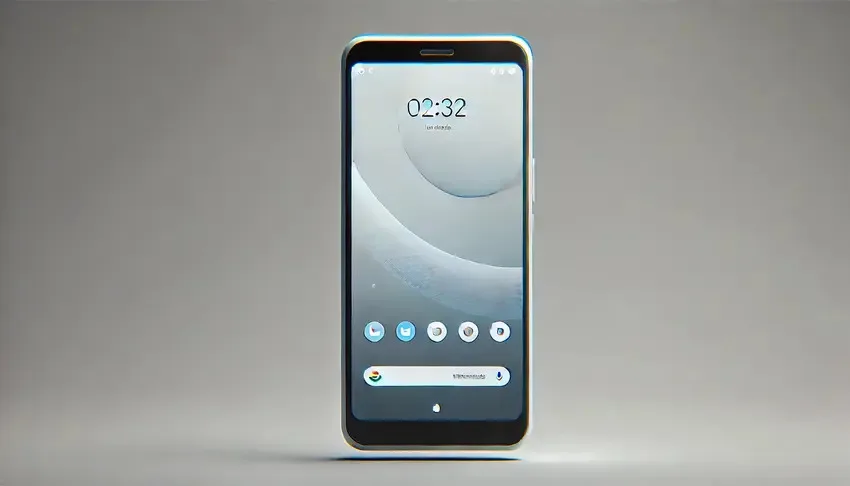The evolution of smartphones has been nothing short of revolutionary, transforming from rudimentary communication devices into powerful, multi-functional gadgets. This journey, spanning over three decades, has not only altered how we communicate but has also reshaped numerous aspects of daily life, from how we work to how we entertain ourselves.
The First Models of Smartphones
The term “smartphone” first came into existence with the release of IBM’s Simon Personal Communicator in 1994. This pioneering device combined a mobile phone with a PDA, featuring a touch screen, email capability, and basic apps like a calculator and calendar. Despite its groundbreaking features, Simon’s high cost and limited battery life restricted its market success.
Smartphones of the 2000s
The early 2000s marked significant advancements with companies like BlackBerry and Palm leading the charge. BlackBerry devices became synonymous with corporate communication, offering robust email integration and QWERTY keyboards that enhanced productivity. Meanwhile, Palm’s Treo series blended phone functions with PDA features, appealing to both business users and tech enthusiasts.
The iPhone Revolution
In 2007, Apple launched the iPhone, a device that would redefine the smartphone industry. The iPhone’s intuitive touch interface, combined with its sleek design and the introduction of the App Store in 2008, created a new ecosystem that encouraged third-party app development. This innovation not only attracted a massive consumer base but also set new standards for smartphone functionality and aesthetics.
Android: An Open Platform for All
Following the iPhone’s success, Google introduced the Android operating system in 2008. Unlike Apple’s closed ecosystem, Android was open-source, allowing multiple manufacturers to develop smartphones with diverse features and price points. This democratization of smartphone technology spurred rapid innovation and competition, leading to a variety of devices catering to different market segments.

Smartphones of the 2010s: The Battle for Leadership
The 2010s witnessed intense competition between Android and iOS devices. Flagship models from companies like Samsung, HTC, and Huawei pushed technological boundaries with larger screens, higher resolution displays, advanced cameras, and enhanced performance capabilities. The decade also saw the rise of features like biometric security, AI integration, and improved battery life, making smartphones indispensable tools for both personal and professional use.
Smartphones of Today
Today’s smartphones are marvels of technology, featuring cutting-edge innovations such as foldable screens, 5G connectivity, and AI-powered functionalities. Leading brands continue to compete fiercely, offering devices with advanced camera systems, immersive displays, and seamless integration with other tech ecosystems. Modern smartphones are not just communication tools but powerful hubs for digital life, capable of handling everything from professional-grade photography to complex computational tasks.
The journey from the first smartphone models to today’s flagships has been marked by relentless innovation and fierce competition. Each phase of this evolution has brought significant enhancements in functionality, design, and user experience, making smartphones an integral part of modern life. As technology continues to advance, the future of smartphones promises even more exciting developments, further embedding these devices into the fabric of our daily existence.

